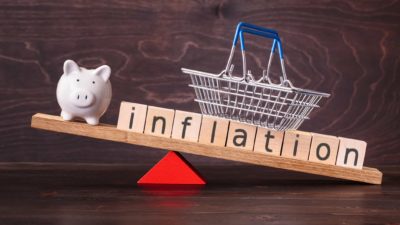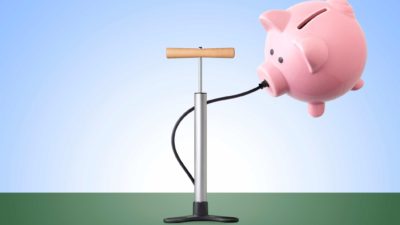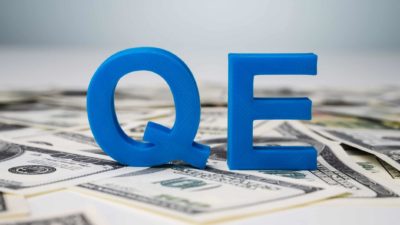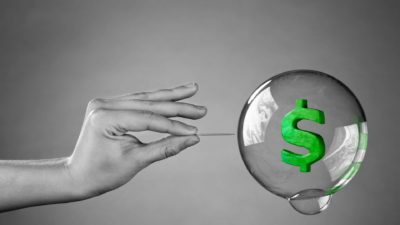A strange thing is happening in share markets right around the world. Normally, the performance of an individual share market is measured using an index. An index works by taking a basket of the largest companies listed on an exchange and giving each a weighting based on their market capitalisation.
For example, the most popular index in Australia is the S&P/ASX 200 Index (ASX: XJO). The ASX 200 takes the top 200 companies listed on the ASX and weights them according to their market cap. Right now, the largest share in the ASX 200 is CSL Limited (ASX: CSL), which makes up 7.83% of the entire index. Thus, an ASX 200 index fund like the iShares Core S&P/ASX 200 ETF (ASX: IOZ) will hold ~7.3% of its funds in CSL shares.
Index funds like IOZ have become very popular with investors over the past decade precisely because of the diversification that they can bring with one easy share. This largely holds true with ASX index funds. Currently, the next four shares after CSL in the ASX 200 are Commonwealth Bank of Australia (ASX: CBA), BHP Group Ltd (ASX: BHP), Westpac Banking Corp (ASX: WBC) and National Australia Bank Ltd (ASX: NAB). These four companies add another 7.28%, 6.62%, 3.77% and 3.41% respectively to the ASX 200's total weighting, on top of CSL's 7.83%. In other words, the top five ASX companies command a 28.91% share of the entire ASX 200 right now.
But an interesting thing is happening in other markets and their indices around the world.
Index concentration
Let's take the flagship S&P 500 Index from the United States. The S&P 500 is the closest equivalent the ASX 200 has over in America, but rather than 200 companies, it holds… you guessed it, 500.
Now, you would think that an index with 500 companies would be a little less concentrated than our ASX 200. So let's have a look.
Right now, the largest company on the S&P 500 is Apple Inc (NASDAQ: AAPL), with a weighting of 6.98%. Next up is Microsoft Corporation (NASDAQ: MSFT) with 5.96%, then Amazon.com, Inc (NASDAQ: AMZN) at 4.89%. Following that, we have Alphabet Inc (NASDAQ: GOOGL) (NASDAQ: GOOG) at 3.34% and rounding out we have Facebook Inc (NASDAQ: FB) at 2.42%. So collectively, the S&P 500 has 23.59% of its entire index in just five companies.
That might look like less than our own ASX, but we only have 200 companies in the ASX 200 compared to the 500 in the S&P 500. Let's switch some numbers around to demonstrate. On the ASX 200, 2.5% of the companies control 28.91% of the index, whereas on the US markets 1% of the companies controls a 23.59% weighting.
It gets even better if we look to another market: China. According to reporting in the Australian Financial Review, just three companies — Alibaba Group, Tencent Holdings and Meituan Dianping — make up more than 38% of the MSCI China Index, which has more than 600 holdings.
Alibaba and Tencent are both tech giants, while Meituan Dianping specialises in food delivery.
What does this mean for investors in index funds?
This uber-concentration of indices around the world is worrying in my view. It means that the fortunes of anyone who is investing in index funds for supposed 'diversification' is really relying on a handful of big tech companies (or in Australia's case, mining and banking companies). So if you invest in index funds for this purpose, you might want to take a look at what you're really holding in your portfolio. You might not be as happily diversified as you think.








